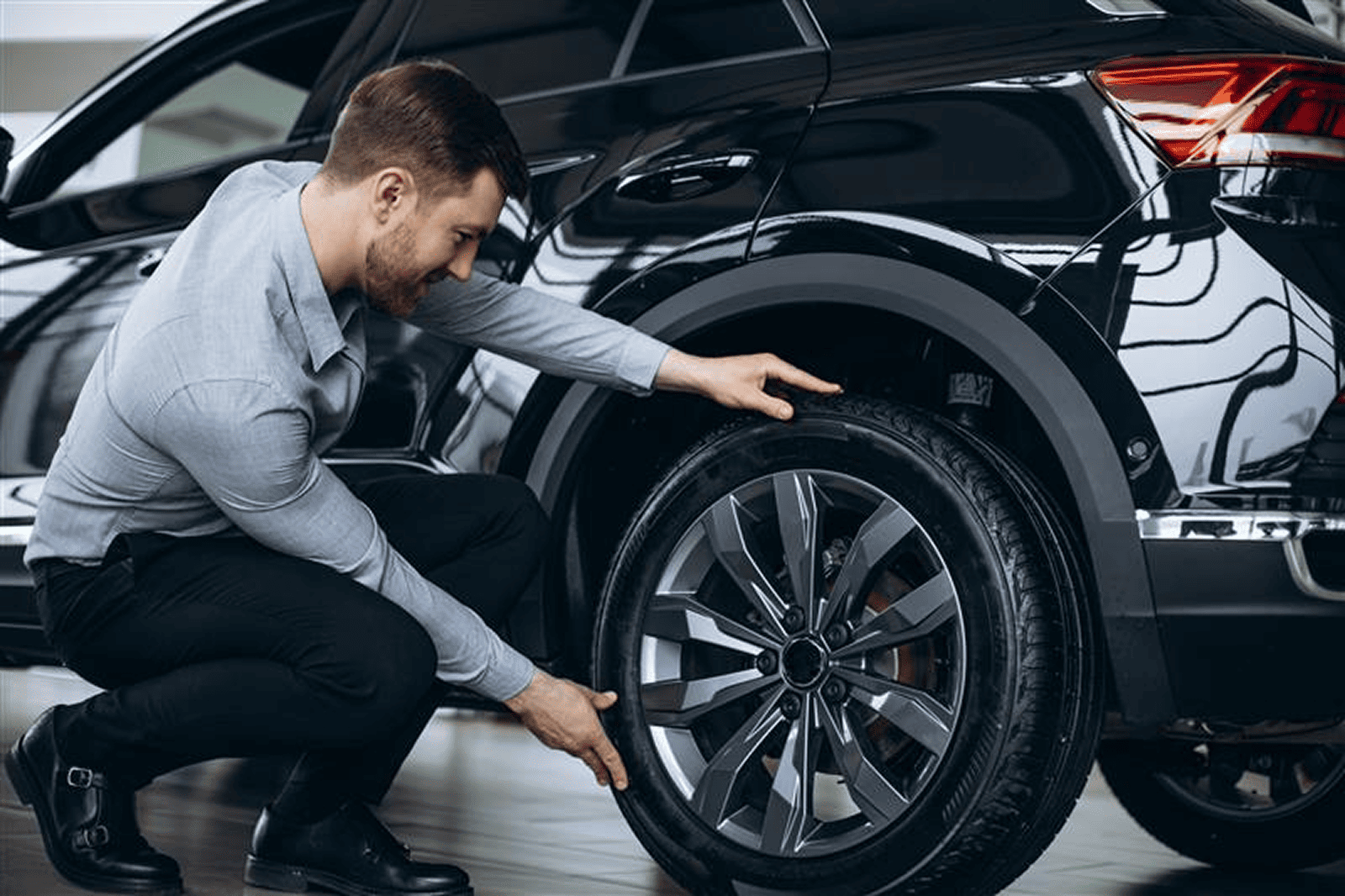We use cookies to make your experience better. To comply with the new e-Privacy directive, we need to ask for your consent to set the cookies. Read our Privacy and Cookie Policy.

Tyre vibrations aren’t all the same. As a workshop owner or lead mechanic, choosing the right balancing method saves time, reduces comebacks, and keeps customers happy. This guide explains the three core approaches—static, dynamic, and road-force—plus when to deploy each one in the bay.
Quick definitions
- Static balancing – Corrects a single heavy spot on the assembly (one plane). Best for narrow rims and smaller diameters.
- Dynamic balancing – Corrects imbalance across two planes (inner and outer). Essential for modern wider wheels and higher speeds.
- Road-force balancing – Measures tyre/wheel uniformity under a simulated load to diagnose issues that persist after a standard balance.
If you’re reviewing equipment for your bay, see our range of wheel balancing machine options suitable for everything from retail fitment to high-volume workshops.
When to choose static balancing
Use static balancing for narrow tyres, classic vehicles, and applications where space for weights is limited. It’s quick and effective for low-speed vehicles or where vibration is felt mainly as a vertical “hop”.
- Steel wheels and narrow profiles
- Older vehicles with modest motorway speeds
- After minor puncture repairs where only a small correction is needed
When to choose dynamic balancing
Dynamic balancing is the workhorse for modern cars and vans. It corrects both vertical and lateral forces that cause steering shimmy and seat-of-pants vibration at speed.
- Most 16–22" alloy wheels and performance tyres
- Speed-dependent vibration complaints (e.g., 55–70 mph)
- After rotation or new tyre fitment on wide rims
A quality tyre balancer with precise centring and clear placement guidance helps eliminate “chasing weights” and reduces rework.
When to choose road-force balancing
Road-force testing is your diagnostic escalator. If a wheel still vibrates after a correct dynamic balance, the issue may be radial force variation, run-out, or mounting error. Loading the tyre during measurement reveals these uniformity problems.
- Repeat comebacks after standard balancing
- Large-diameter, low-profile tyres sensitive to uniformity
- EVs and luxury vehicles where ride quality expectations are highest
Decision tree your team can follow
- Confirm centring & prep: Clean hub/rim faces, select the correct cone/collet or flange plate, and verify repeatability.
- Start dynamic: For most modern wheels, perform a two-plane balance first.
- If vibration persists: Check run-out, swap wheels front/rear to isolate, then escalate to road-force measurement.
- Use static only where the application and symptoms fit (narrow rims, vertical “hop”).
Customer-friendly explanations you can use
- Static: “We’re fixing a single heavy spot so the wheel stops ‘hopping’.”
- Dynamic: “We balance both sides of the wheel so it stops shaking side-to-side at speed.”
- Road-force: “We test the wheel under load to find tyre or rim uniformity issues that standard balancing can’t see.”
Adapter & weight placement best practice
- Use back-coning or a flange plate for alloys; avoid front-coning on tapered bores.
- Decontaminate and dry the weight area; press adhesive weights firmly and re-spin to verify.
- Record weight amounts and positions for comebacks analysis and technician coaching.
EVs, SUVs and large-diameter alloys
Heavier vehicles and larger diameters amplify small errors. Prioritise centring accuracy, repeatability checks, and ensure your wheel balancer supports wide rims, hidden-weight modes, and laser/positioning aids.
Upsell without the hard sell
Package balancing with rotations and new tyre fits, and offer road-force diagnostics for persistent complaints. Position it as protection for tyres, suspension, and the customer’s time.
Tools that make this easy
- Flange plates/collets for true centring
- Laser pointer or camera guidance for weight placement
- Routine calibration and adapter inspection schedule
Considering an upgrade? Explore a modern wheel balancer machine for sale that streamlines setup, improves first-time-right rates, and shortens bay cycle times.
Next step: Match your service mix to the right equipment capabilities. Browse our tyre balance machine range or talk to us about throughput targets and ROI.



